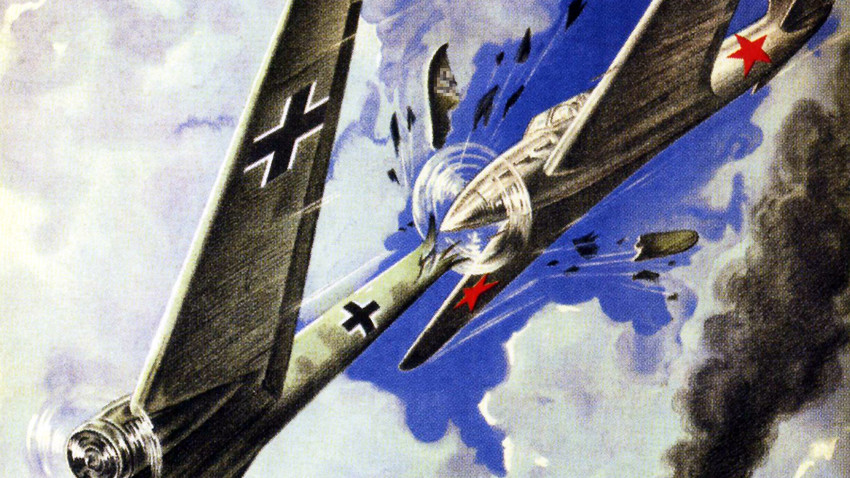
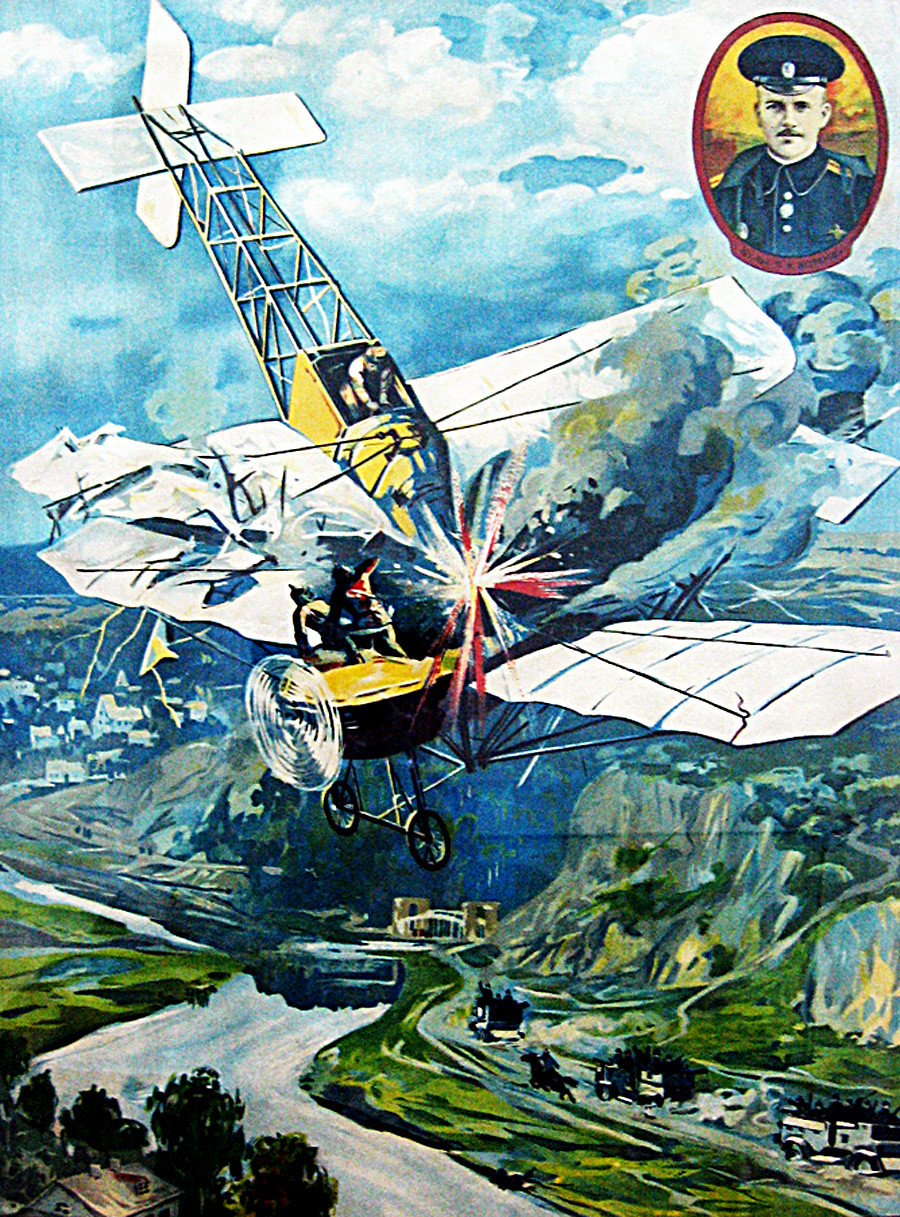
During WWI, on August 26, 1914, an Austrian plane flew over a Russian airfield in Galicia planning to bomb it. Nesterov reacted immediately, took off in his lightweight monoplane and headed towards the enemy.
The Russian pilot was not on a suicide
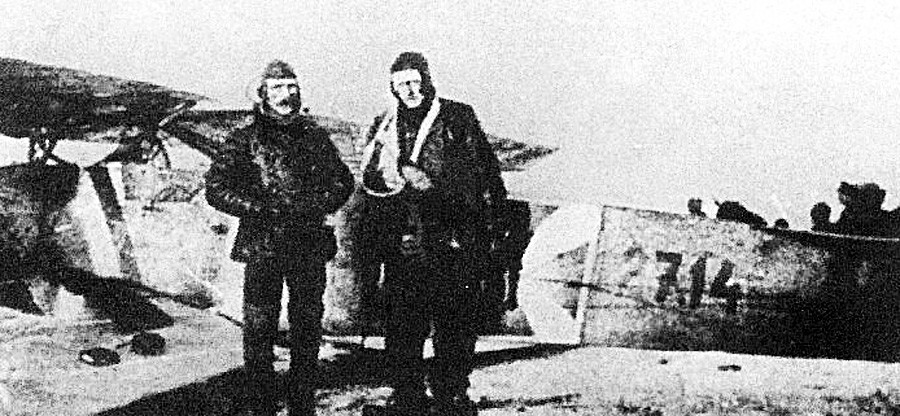
Unfortunately, Kazakov’s life ended tragically soon after his deed. During the Russian Civil War, Kazakov passionately fought the Red Army. In August 1919, unable to accept the withdrawal of British troops from Murmansk, he committed suicide by crashing his plane on land.
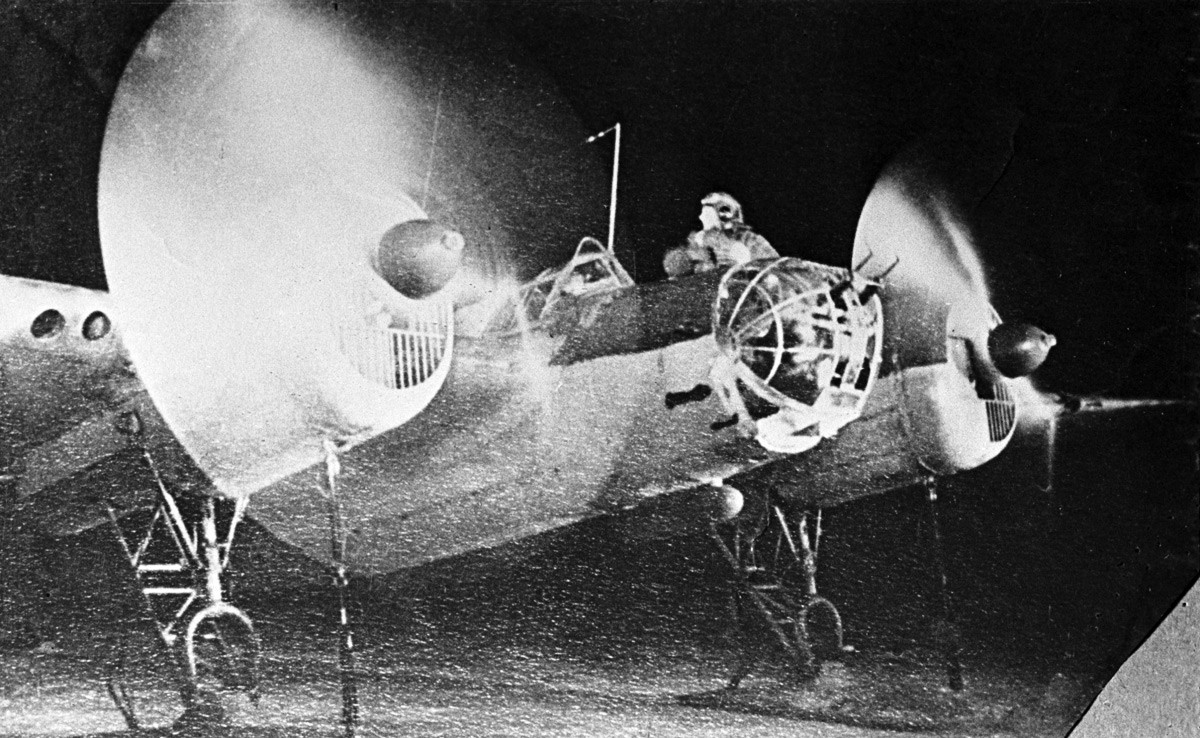
The suicide maneuver known as “fire taran,” when a pilot flew his hit burning plane into enemy targets on the ground or water, was undertaken for the first time in history during the Soviet-Japanese conflict at Khalkhin Gol on August 5, 1939.
Mikhail Yuyukin was on a bombing mission in the rear of the Japanese
During WWII, “fire taran” became widespread among Soviet pilots. It was not officially encouraged by the Soviet
In Japan, “fire taran” became one of the main weapons in the final stages of the war. Special attack units of suicide pilots, known unofficially as “kamikaze,” were established in 1944.
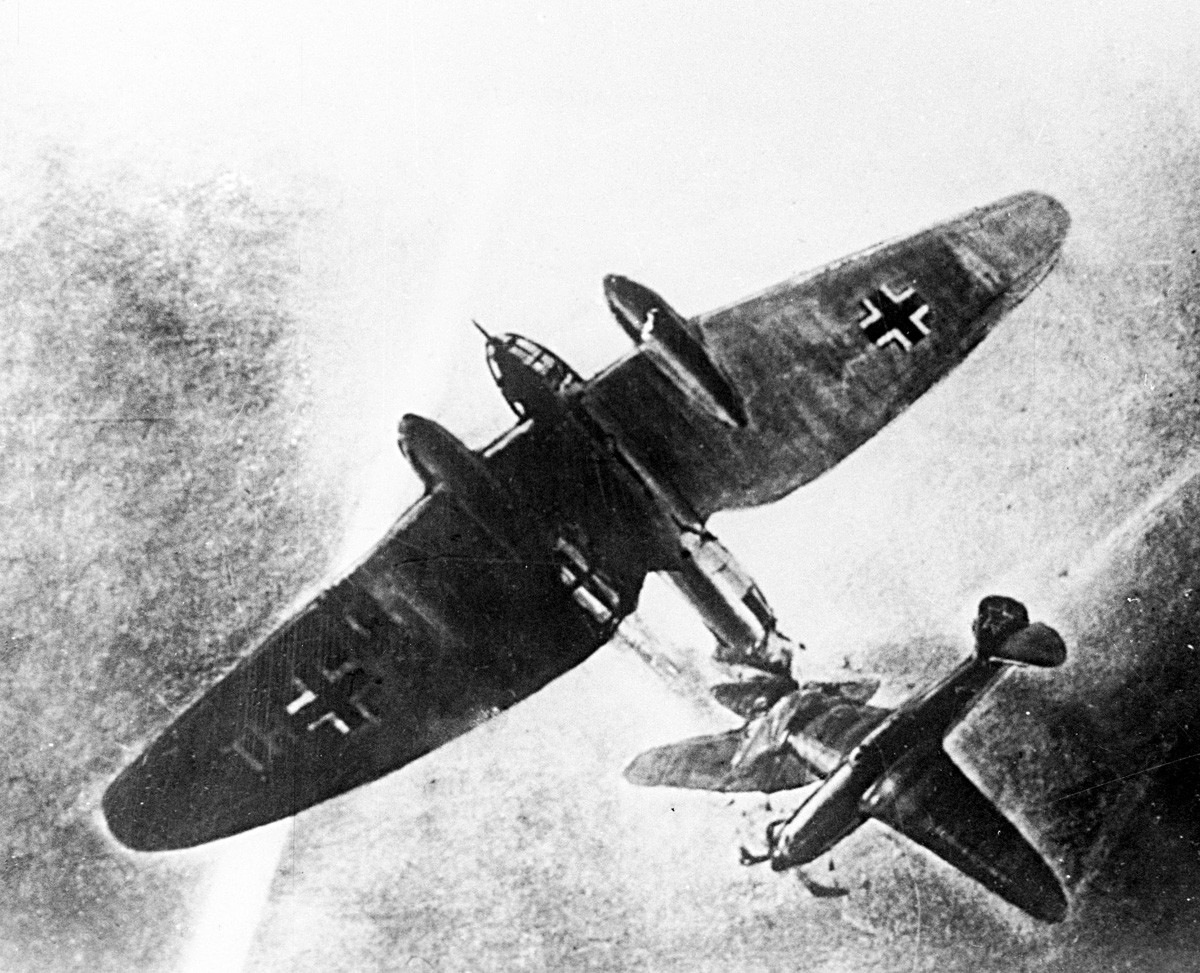
On the night of August 7, 1941, Soviet Viktor Talalikhin rammed a German He-111 bomber with his I-16 fighter in air combat over Moscow. This was one of the first aerial rammings performed at night.
Wounded, Talalikhin parachuted into a local river and reached his own troops. He was killed in action two months later, on October 27.
The I-16 fighter with which the Soviet pilot rammed the German bomber was found in a forest near Moscow only in 2014.

After hitting one enemy plane, Zelenko was out of ammo. So she flew her plane into another enemy fighter, killing the German pilot and herself in the process.
Yekaterina Zelenko was the first and still the only woman to conduct an aerial ramming in air combat.
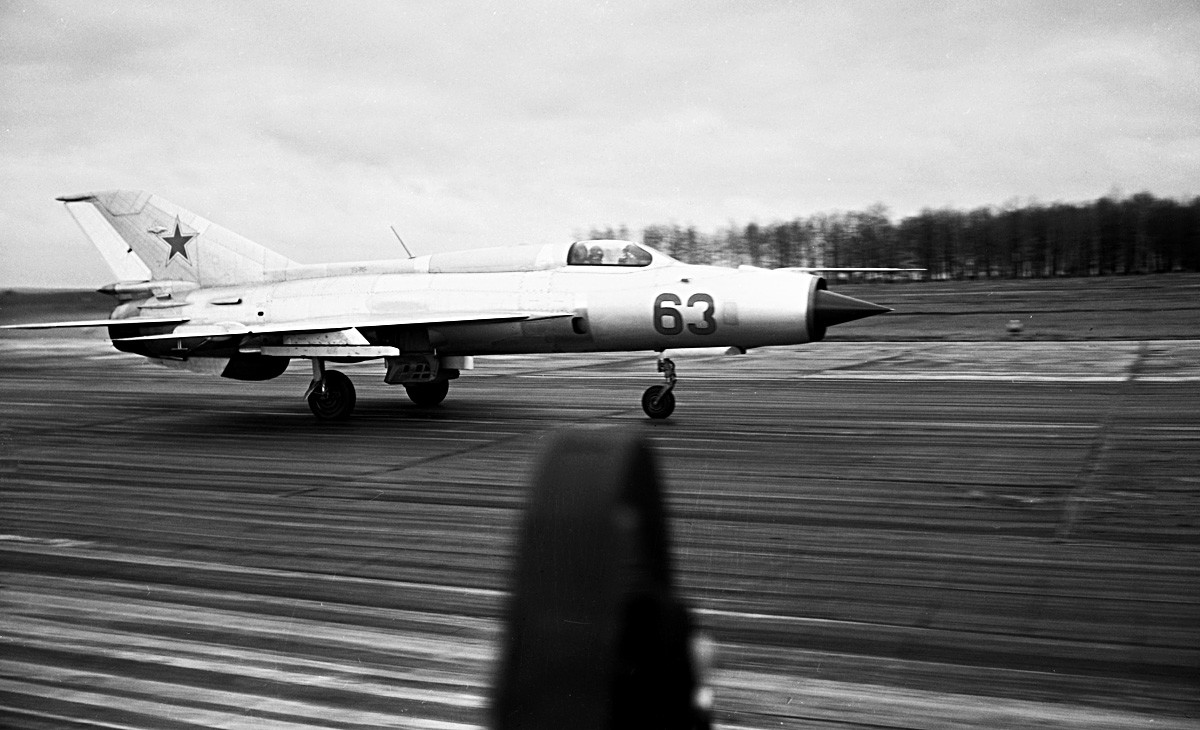
On November 23, 1973, an Iranian F-4 Phantom II violated the border of the Soviet Union in the Mugan plain. It was on a reconnaissance flight as a part of the joint U.S.-Iranian Project Dark Gene, an aerial reconnaissance program against the Soviet Union.
A supersonic jet MiG-21SM piloted by Gennady Yeliseev was sent to intercept the Iranian aircraft by all means. After
The first jet-based aerial ramming in history resulted in the F-4 crashing, with its pilots catapulting and captured. As for Yeliseev, his MiG hit a mountain, killing the pilot.
If using any of Russia Beyond's content, partly or in full, always provide an active hyperlink to the original material.
Subscribe
to our newsletter!
Get the week's best stories straight to your inbox